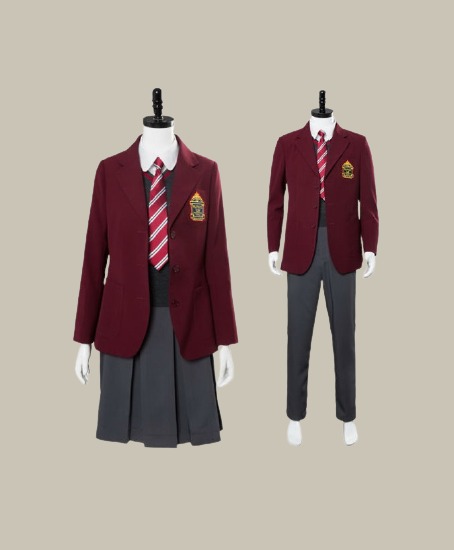Booklet: Booklet-Electric parcels van, 1930 (Berlin 1990)
Booklet-Electric parcels van, 1930 (Berlin 1990)
27 September (Berlin ) within release Welfare: History of Post and Telecommunications goes into circulation Booklet Booklet-Electric parcels van, 1930 face value 5*(100+50) German pfennig
| Booklet Booklet-Electric parcels van, 1930 in catalogues | |
|---|---|
| Michel: | Mi: DE-BE 878AWO-MH |
Booklet is square format.
with Michel Nr. 5x878 Privately-produced booklet of "Arbeiterwohlfahrt" Listed in Michel Handbuch-Katalog MarkenheftchenAlso in the issue Welfare: History of Post and Telecommunications:
- Stamp - Railway Post Office (approx. 1900) face value 60+30;
- Stamp - Phone works (approx. 1900) face value 80+35;
- Stamp - Electromechanical parcel-car face value 100+50;
- Booklet - Booklet-Electric parcels van, 1930 face value 5*(100+50);
- Booklet - Booklet-Electric parcels van, 1930 face value 5*(100+50);
- Booklet - Booklet-Electric parcels van, 1930 face value 5*(100+50);
- Booklet - Booklet-Railway Post Office (approx. 1900) face value 5*(60+30);
- Booklet - Booklet-Railway Post Office (approx. 1900) face value 5*(60+30);
- Booklet - Booklet-Railway Post Office (approx. 1900) face value 5*(60+30);
- Booklet - Booklet-Railway Post Office (approx. 1900) face value 5*(60+30);
Booklet Booklet-Electric parcels van, 1930 it reflects the thematic directions:
A car is a wheeled, self-powered motor vehicle used for transportation and a product of the automotive industry. Most definitions of the term specify that cars are designed to run primarily on roads, to have seating for one to eight people, to typically have four wheels with tyres, and to be constructed principally for the transport of people rather than goods. The year 1886 is regarded as the birth year of the modern car. In that year, German inventor Karl Benz built the Benz Patent-Motorwagen. Cars did not become widely available until the early 20th century. One of the first cars that was accessible to the masses was the 1908 Model T, an American car manufactured by the Ford Motor Company. Cars were rapidly adopted in the United States of America, where they replaced animal-drawn carriages and carts, but took much longer to be accepted in Western Europe and other parts of the world.
The mail or post is a system for physically transporting documents and other small packages; or, the postcards, letters, and parcels themselves. A postal service can be private or public, though many governments place restrictions on private systems. Since the mid-19th century national postal systems have generally been established as government monopolies with a fee on the article prepaid. Proof of payment is often in the form of adhesive postage stamps, but postage meters are also used for bulk mailing. Modern private postal systems are typically distinguished from national postal agencies by the names "courier" or "delivery service". Postal authorities often have functions other than transporting letters. In some countries, a postal, telegraph and telephone (PTT) service oversees the postal system, in addition to telephone and telegraph systems. Some countries' postal systems allow for savings accounts and handle applications for passports.
A truck or lorry is a motor vehicle designed to transport freight, carry specialized payloads, or perform other utilitarian work. Trucks vary greatly in size, power, and configuration, but the vast majority feature body-on-frame construction, with a cabin that is independent of the payload portion of the vehicle. Smaller varieties may be mechanically similar to some automobiles. Commercial trucks can be very large and powerful and may be configured to be mounted with specialized equipment, such as in the case of refuse trucks, fire trucks, concrete mixers, and suction excavators. In American English, a commercial vehicle without a trailer or other articulation is formally a "straight truck" while one designed specifically to pull a trailer is not a truck but a "tractor"
A uniform is a variety of costume worn by members of an organization while usually participating in that organization's activity. Modern uniforms are most often worn by armed forces and paramilitary organizations such as police, emergency services, security guards, in some workplaces and schools, and by inmates in prisons. In some countries, some other officials also wear uniforms in their duties; such is the case of the Commissioned Corps of the United States Public Health Service or the French prefects. For some organizations, such as police, it may be illegal for non-members to wear the uniform.
A vehicle (from Latin: vehiculum) is a mobile machine that transports people or cargo. Typical vehicles include wagons, bicycles, motor vehicles (motorcycles, trucks, buses), railed vehicles (trains, trams), watercraft (ships, boats), aircraft and spacecraft. Land vehicles are classified broadly by what is used to apply steering and drive forces against the ground: wheeled, tracked, railed or skied. ISO 3833-1977 is the standard, also internationally used in legislation, for road vehicles types, terms and definitions.






